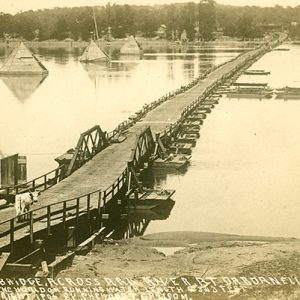 Dardanelle Pontoon Bridge
Dardanelle Pontoon Bridge
Entry Category: Transportation
 Dardanelle Pontoon Bridge
Dardanelle Pontoon Bridge
Dardanelle Pontoon Bridge
 Fred Darragh
Fred Darragh
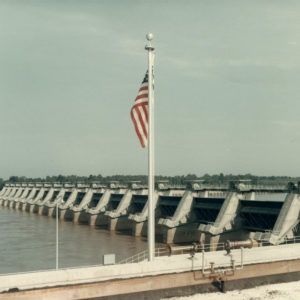 David D. Terry Lock and Dam
David D. Terry Lock and Dam
 David D. Terry Lock and Dam
David D. Terry Lock and Dam
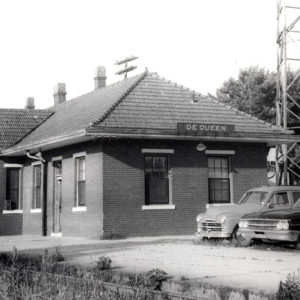 De Queen Depot
De Queen Depot
De Soto Expedition, Route of the
 Dedication Program
Dedication Program
Defender [Steamboat]
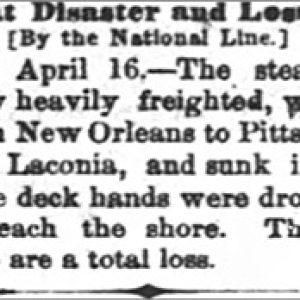 Defender Disaster Story
Defender Disaster Story
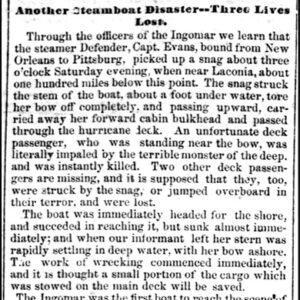 Defender Disaster Story
Defender Disaster Story
DeGray Creek Bridge
 DeGray Creek Bridge
DeGray Creek Bridge
 DeGray Creek Bridge
DeGray Creek Bridge
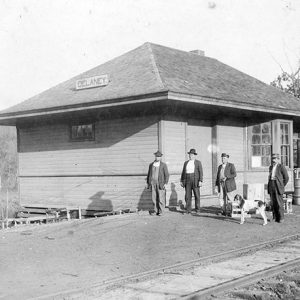 Delaney Depot
Delaney Depot
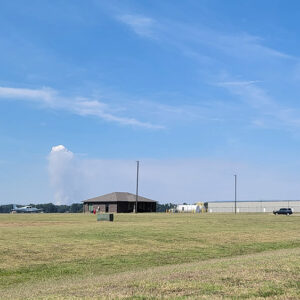 Delta Regional Airport
Delta Regional Airport
 Dermott Railroad Depot
Dermott Railroad Depot
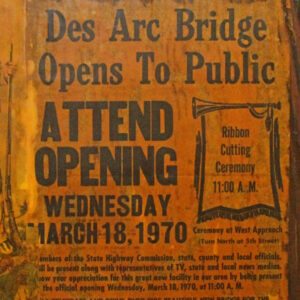 Des Arc Bridge Announcement
Des Arc Bridge Announcement
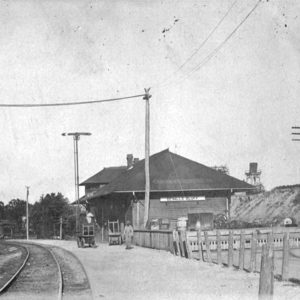 DeValls Bluff Depot
DeValls Bluff Depot
Dexter B. Florence Memorial Field
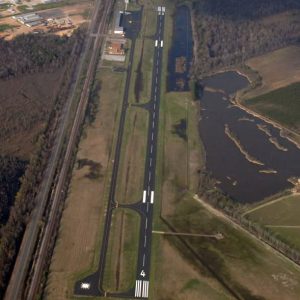 Dexter B. Florence Memorial Field
Dexter B. Florence Memorial Field
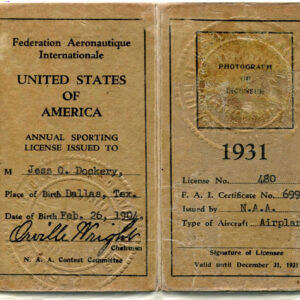 Dockery License
Dockery License
Dockery, Jess Orval
Dollarway Road
 Dollarway Road near Redfield
Dollarway Road near Redfield
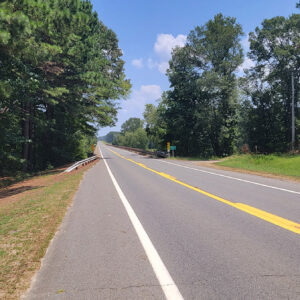 Donaldson Bridge
Donaldson Bridge
Douglas, Paul Page, Jr.
Dover to Clarksville Road
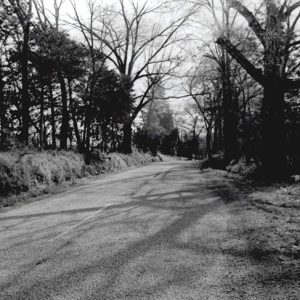 Dover to Clarksville Road
Dover to Clarksville Road
 Drake Field
Drake Field
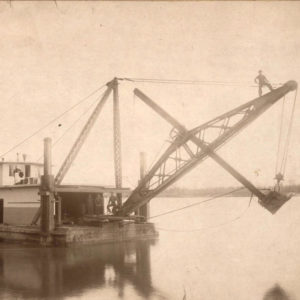 Dredge Boat
Dredge Boat
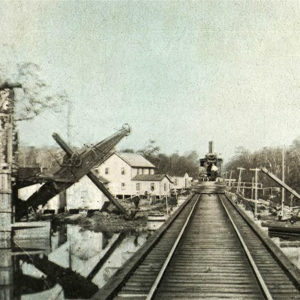 Dredge Boat
Dredge Boat
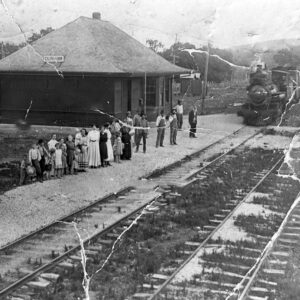 Durham Depot
Durham Depot
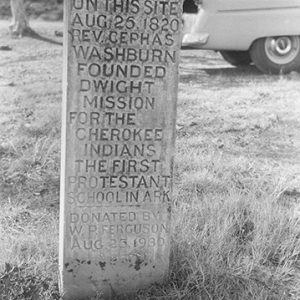 Dwight Mission Monument
Dwight Mission Monument
Eagle [Steamboat]
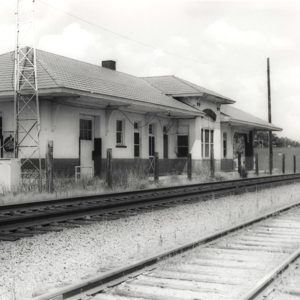 Earle Depot
Earle Depot
Eberts Training Field
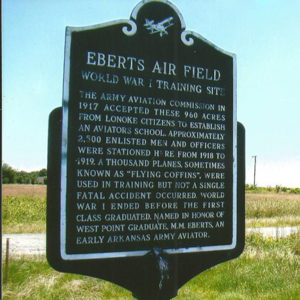 Eberts Marker
Eberts Marker
Eclipse [Steamboat]
aka: City of St. Joseph [Steamboat]
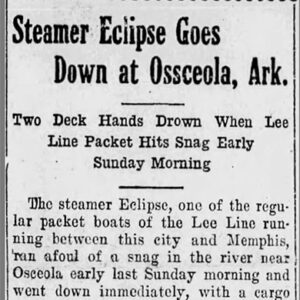 Eclipse Steamboat Article
Eclipse Steamboat Article
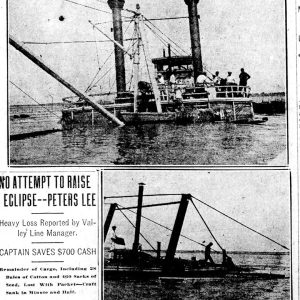 Eclipse Steamboat Article
Eclipse Steamboat Article
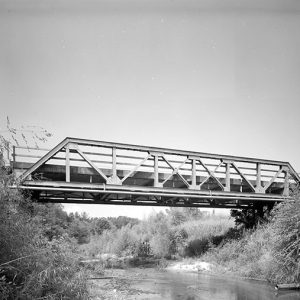 Eight Mile Creek Bridge
Eight Mile Creek Bridge
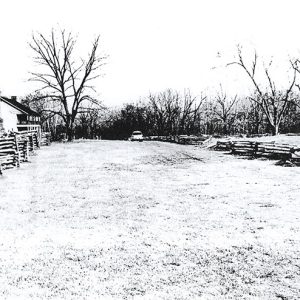 Elkhorn Tavern on the Springfield to Fayetteville Road
Elkhorn Tavern on the Springfield to Fayetteville Road
Emerson [Steamboat]
aka: Moline
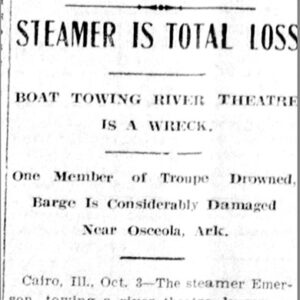 Emerson Steamboat Article
Emerson Steamboat Article
 Emerson Steamboat Article
Emerson Steamboat Article
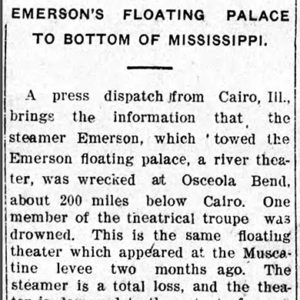 Emerson Steamboat Article
Emerson Steamboat Article
 Steamboat Empress Article
Steamboat Empress Article
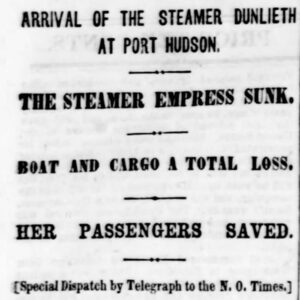 Empress Sinking Article
Empress Sinking Article
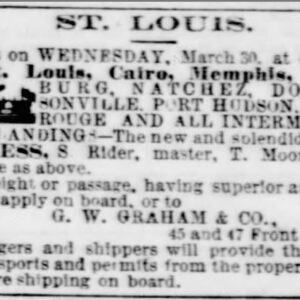 Empress Article
Empress Article




